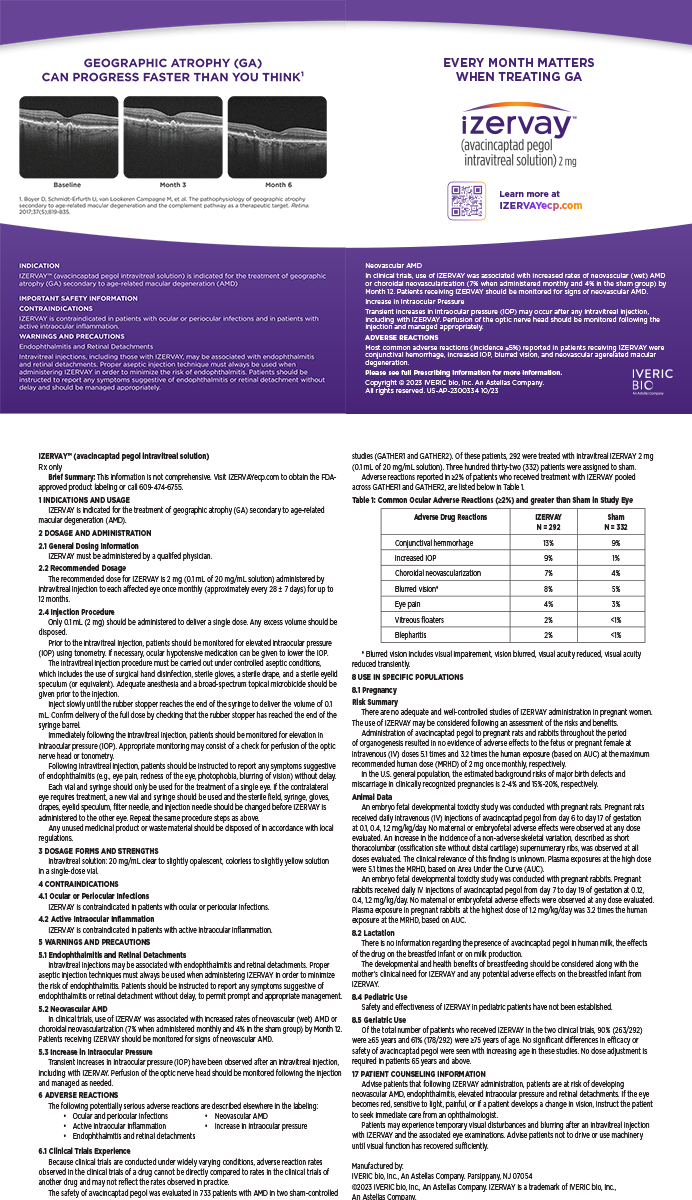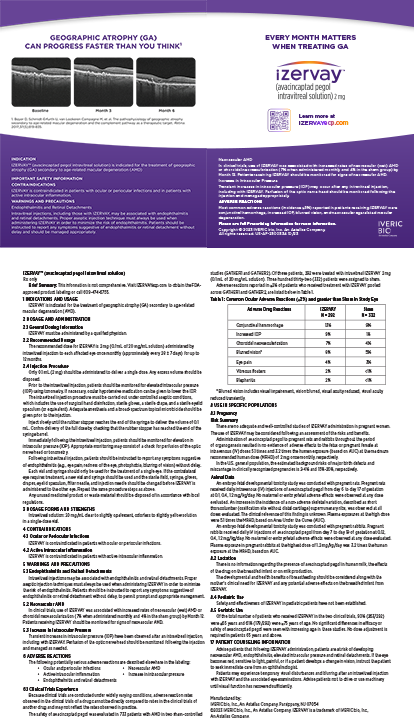PARSING DYSFUNCTIONAL LENS SYNDROME
Recently, the term dysfunctional lens syndrome (DLS) has been advocated to describe decreased functional vision related to the effects of increasing optical aberrations and subtle age-related opacification of the lens. DLS has also been defined to include presbyopia, thus linking what is essentially a refractive condition to declining functional vision. The diagnostic category of DLS was developed as a professional response to the preoperative diagnostic criteria promulgated by third-party payers to restrict reimbursement for cataract surgery: “Characterization of [dysfunctional lens] syndrome came about because patients were describing cataract-like symptoms, but they did not have a diagnosable cataract by Medicare or insurance standards.”1 I am concerned about this approach, because I feel that the definition of diagnostic categories should not be allowed to depend on the policies of third-party payers.
Let’s reconsider the definition of DLS, starting with its current description: “The term dysfunctional lens syndrome (DLS) has been proposed to describe the aspects of the senile crystalline lens, including lens opacities, loss of accommodation, and increase of higher-order aberrations (HOAs).”2 In fact, lens opacity is cataract by medical definition, regardless of degree. The clinical threshold for recommending cataract surgery is another matter, and the conditions for coverage of cataract surgery determined by third-party payers are yet another. If an insurance company defines the indication for cataract surgery as, for example, “lens opacity causing a decrease in best-corrected visual acuity, or best-corrected visual acuity with glare, to 20/40 or less,” what becomes of the patient who complains of increasing difficulty driving at night despite 20/20 BCVA with glare, demonstrates a score of 70% on the Visual Function Questionnaire-14, and reveals 0.3-log unit loss of mesopic contrast sensitivity at 6 cycles per degree? If these findings are demonstrably associated with and reasonably caused by lens opacities, whether discerned on slit-lamp examination or with the aid of more precise Scheimpflug photography, they are due to cataract, plain and simple, regardless of whether the test results meet any particular pre-specified criteria for coverage described by third-party payers. If there is no lens opacity, but there are sufficient quantifiable lenticular optical aberrations to explain functional visual symptoms and clinical findings, then the diagnosis of DLS may be an appropriate term.
In this regard, DLS may become a useful designation for the effect of lenticular higher-order aberrations, primarily spherical aberration, which increasingly reduce the quality of vision throughout life. These aberrations are eminently measurable and may represent an indication for functional lens surgery if correlated with subjective experience, such as difficulty driving at night. Often, the use of a validated questionnaire, contrast sensitivity testing, and wavefront aberrometry will provide substantial objective evidence of functional visual impairment in these cases. It is an apparent paradox, of course, that corneal higher-order aberrations have been traditionally considered a refractive concern, particularly since the advent of wavefront-guided LASIK, while lenticular aberrations are considered to be a functional concern. The resolution of this paradox lies in the observation that lenticular aberrations tend to complement and counterbalance corneal aberrations in youth, enhancing the quality of vision, but increase with age and ultimately magnify ocular aberrations later on. The discovery of increasing spherical aberration in the lens and its relationship to decreased functional vision and relatively poorer night-driving performance has driven the development and adoption of aspheric IOL technology.3 Increasing aberrations of the aging lens remain a functional concern.
However, the line between refractive lens surgery and functional lens surgery is bright, and the correction of presbyopia remains a purely refractive procedure. It is performed simply to reduce or eliminate the need for reading glasses, not to improve the quality of vision. The question we should ask is, “Are you here because you’d like to be able to see just as well without glasses or contact lenses as you do with them, or are you here because the quality of your vision—even with the best glasses or contact lenses—is not satisfactory for performing your activities?” Of course, the answer may be, “Both.”
Whether or not a third-party payer will cover a particular patient’s cataract surgery does not change the condition of the eye or its appropriate diagnosis. I suggest we not allow the restrictions of third-party payers on reimbursement to determine diagnosis or recommendations for treatment. These decisions should remain the surgeon’s sole responsibility, in his or her best medical judgment, if our profession is to retain any of its authority.
Mark Packer
Boulder, Colorado
1. Waring IV GO. Diagnosis and treatment of dysfunctional lens syndrome. Cataract & Refractive Surgery Today. March 2013;13(3):36-38. http://bit.ly/1Cer9lt.
2. Waring IV GO. Replacement of dysfunctional lens may pose multiple benefits.Ophthalmology Times. Published June 14, 2015. http://bit.ly/1H0QeSe. Accessed March 26, 2015.
3. Packer M, Fine IH, Hoffman RS. Wavefront technology in cataract surgery. Curr Opin Ophthalmol. 2004;15(1):56-60.


